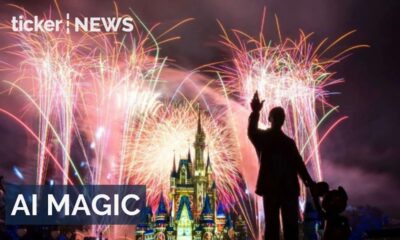Property
RBA maintains cash rate at 4.10 percent, homeowners wait for good news
RBA maintains cash rate at 4.10%, delaying relief for homeowners amid global tariff concerns and inflation risks.

Property
Investors discover 25 top house markets for growth
New report reveals 25 Australian suburbs offering strong rental growth, affordability, and investment potential
Property
Why government policies keep driving property prices higher
“New book reveals politicians’ policies inflate property values, making homes less affordable; insights for buyers from Terry Ryder.”
Property
The hidden costs driving Australia’s housing crisis
-



 News1 day ago
News1 day agoBondi Beach terror attack: Hanukkah celebrations turned tragic
-



 Ticker Views1 day ago
Ticker Views1 day agoFrom the Goldberg’s to the Icebergs – Bondi is Australia, Australia is Bondi beach
-



 Shows4 days ago
Shows4 days agoReforms on underquoting address ongoing market frustrations
-



 News2 days ago
News2 days agoFather-son duo confirmed in Bondi anti-Semitic massacre
-



 News2 days ago
News2 days agoNetanyahu blames Albanese after Bondi attack
-



 News4 days ago
News4 days agoDisney invests $1B in OpenAI to generate Marvel, Star Wars, and Pixar videos
-



 Shows1 day ago
Shows1 day agoBusiness ties flourish between China and Australia
-



 News1 day ago
News1 day agoBondi Beach shooting: Chaos at Hanukkah Festival – What we know








